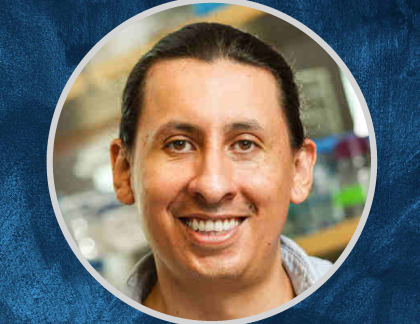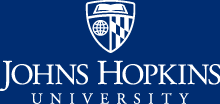Department of Biology Special Seminar: Steve L. Bonilla
Who can attend?
- Faculty
- Staff
- Students

Description
Steve L. Bonilla, a postdoctoral fellow in biochemistry and molecular genetics at the University of Colorado Anschutz Medical Campus, will present a Special Seminar titled "Dissecting Dynamic RNA Structural Landscapes by Cryo-EM" for the Department of Biology.
Abstract:
RNAs fold into complex three-dimensional (3D) structures to function in diverse cellular and viral processes. As such, a mechanistic understanding of the function of an RNA requires knowledge of its 3D structure. However, RNA 3D structures are difficult to solve experimentally because of their dynamic nature. Due to its ability to separate distinct conformational states, single-particle cryo-EM allows visualization of dynamic 3D structures in a way not previously possible. We have used cryoEM to study diverse functional RNAs in isolation and in complex with proteins and answer long-standing biological questions. First, we used cryo-EM to visualize a small (~55-kilodalton) tRNA-like structure (TLS) in the genome of the brome mosaic virus (BMV). The TLS tricks the host tyrosyl-tRNA synthetase (TyrRS) into adding a tyrosine to the viral genome. Cryo-EM structures of the TLS RNA both in isolation and bound to TyrRS showed that the anticodon stem of the TLS is conformationally dynamic and undergoes large rearrangements to bind TyrRS using a non-canonical geometry. More recently, we have applied cryo-EM to the study of catalytic RNAs and exonuclease-resistant viral RNA structures. The cryo-EM structures provide new insights into the folding and functions of these RNAs. In addition to answering specific biological questions about RNA structure-function relationships, our studies highlight the emerging power of cryo-EM for investigating dynamic mechanisms involving small, structured RNAs and RNA-protein complexes. The next challenge is to exploit the singleparticle capabilities of cryo-EM to obtain quantitative information about the relative abundances of conformational states, potentially leading to a predictive understanding of RNA structural dynamics.
Who can attend?
- Faculty
- Staff
- Students







